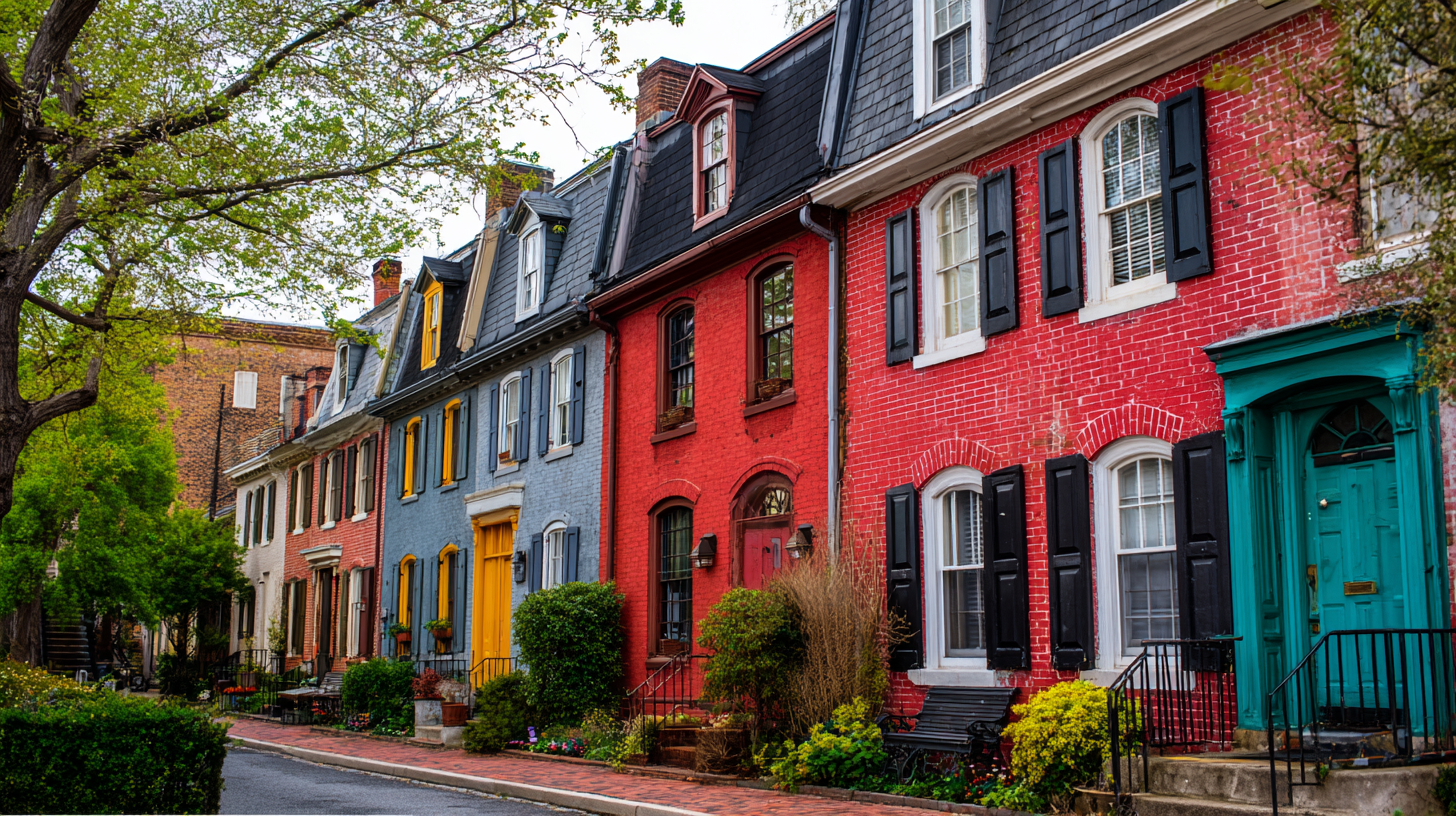In today's world, the pursuit of energy efficiency in homes has become more critical than ever, with data from the U.S. Department of Energy indicating that nearly 30% of a home's heating energy is lost through its windows. This staggering statistic underscores the importance of selecting the right windows for homes, not only to reduce energy costs but also to enhance overall comfort and sustainability. With advancements in technology and design, homeowners now have an array of options, from double-glazed vinyl windows to Low-E glass, each promising varying levels of insulation and UV protection. Understanding these options is essential, as appropriate window choices can significantly lower energy consumption and reduce greenhouse gas emissions. This comprehensive guide aims to equip homeowners with the knowledge they need to navigate the myriad choices available for windows for homes, ensuring that their selections contribute positively to both their living environment and the planet.

When selecting windows for your home, the first step is to understand your specific energy needs. Every home is unique, influenced by factors such as location, climate, and personal lifestyle. For instance, if you live in a region with extreme weather — hot summers or frigid winters — you'll want windows that provide excellent insulation. Start by assessing the existing energy efficiency of your home through an energy audit. This process highlights areas where heat loss occurs and helps identify which types of windows can effectively reduce energy consumption.
Once you've grasped your home's energy requirements, consider the various window options available on the market. Look for windows with high Energy Star ratings, which indicate superior performance in thermal efficiency. Materials matter too; for instance, vinyl and fiberglass frames often provide better insulation than aluminum. Additionally, pay attention to the glazing options such as double or triple-pane glass, which can significantly enhance energy retention. By thoughtfully evaluating your home’s needs and available window technologies, you can make informed choices that lead to greater energy efficiency and comfort.
When selecting windows for your home, understanding the various types available and their energy performance is crucial. Recent studies highlight the importance of window interventions in enhancing energy efficiency, particularly in cold climates. Architectural innovations, such as thermo-responsive dynamic windows, provide an effective solution for regulating solar heat and reducing overall energy consumption.
These windows automatically adjust to environmental changes, improving thermal comfort while minimizing reliance on mechanical heating and cooling systems.
In addition to dynamic solutions, the selection of traditional window types also plays a significant role in energy performance. Low-emissivity (Low-E) windows can significantly reduce heat transfer, making them a popular choice for energy-conscious homeowners. A comparative analysis of window options reveals that certain styles, combined with high-efficiency materials, outperform others in terms of energy savings over time. By considering factors such as climate and building characteristics, homeowners can make informed decisions to enhance their dwelling’s energy efficiency and comfort, ultimately leading to lower utility bills and a reduced carbon footprint.
When selecting energy-efficient windows for your home, several key features are essential to consider. First and foremost, look for windows that have a low U-factor, which measures the rate of heat transfer. According to the U.S. Department of Energy, windows with a U-factor of 0.30 or lower are considered energy-efficient, as they minimize heat loss in winter and reduce heat gain in summer. This is especially important for maintaining consistent indoor temperatures and improving overall comfort.

Another critical aspect is the R-value, which indicates a window's resistance to heat flow. Higher R-values signify better insulation. The American Society of Heating, Refrigerating and Air-Conditioning Engineers (ASHRAE) suggests that for optimal energy efficiency, homeowners should choose windows that meet or exceed the recommended R-values for their respective climate zones. In addition, look for double or triple-paned glass filled with inert gases like argon or krypton; these features can significantly enhance thermal performance and reduce energy costs by up to 30% over single-pane windows.
Lastly, consider the window frame materials. Vinyl, fiberglass, and wood-clad options typically offer better insulation properties than aluminum. According to the National Fenestration Rating Council (NFRC), windows that combine high-performance glazing with energy-efficient frames can lead to significant energy savings, allowing homeowners to enjoy lower heating and cooling bills while contributing to a greener environment.
Choosing the right windows for your home involves more than just aesthetic appeal; the installation process plays a critical role in maximizing window efficiency. According to the U.S. Department of Energy, improperly installed windows can lead to energy loss of up to 30%. This inefficiency can translate into higher utility bills and an uncomfortable living environment. Ensuring that windows are installed properly, with correct sealing and flashing, can greatly enhance their overall performance and energy-saving capabilities.
When considering installation, it's essential to engage professionals who are well-versed in energy-efficient practices. Expert installation can prevent air leaks and water infiltration, significantly improving insulation. The National Fenestration Rating Council (NFRC) emphasizes that even the most energy-efficient windows will not perform well if they are not installed correctly. Thus, prioritizing professional service is vital for achieving the best long-term benefits.
**Tips:** Before installation, always conduct a thorough inspection of your home's frame and existing insulation. This step can help identify any issues that need to be addressed beforehand. Additionally, consider upgrading to windows with energy-efficient certifications, such as ENERGY STAR, to ensure you are making a sound investment in your home's energy future. Finally, take advantage of energy audits to gain insights into how window improvements can impact your overall energy consumption.
When considering energy-efficient windows for your home, it's essential to look beyond the initial cost and focus on long-term savings and benefits. While the upfront expense of purchasing and installing energy-efficient windows may be higher than traditional options, these windows can significantly reduce your energy bills over time. The improved insulation and reduced air leakage provided by energy-efficient windows can lead to lower heating and cooling costs, making them a smart investment for budget-conscious homeowners.
Additionally, many energy-efficient windows come with government incentives and rebates that can help offset the initial investment. These financial benefits, combined with the potential for increased property value, can make energy-efficient windows a worthwhile consideration. By budgeting effectively and selecting windows that fit your long-term energy efficiency goals, you can ensure that the overall financial impact remains positive. Ultimately, the choice to invest in energy-efficient windows is not just about the immediate bottom line but also about anticipating the comfort and cost savings they will offer for years to come.





